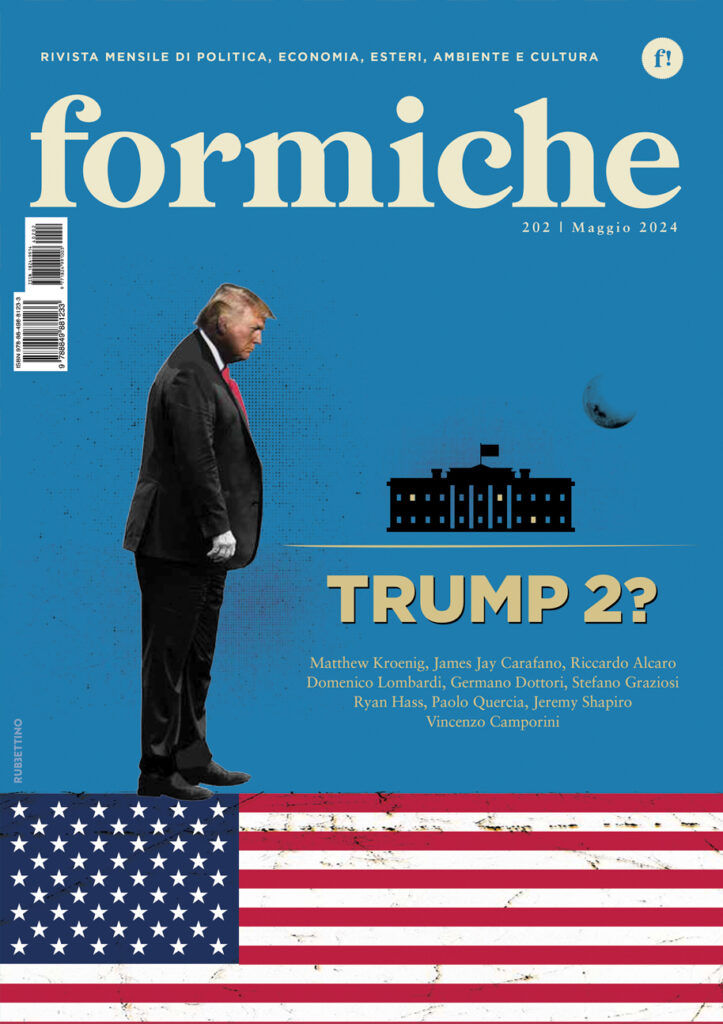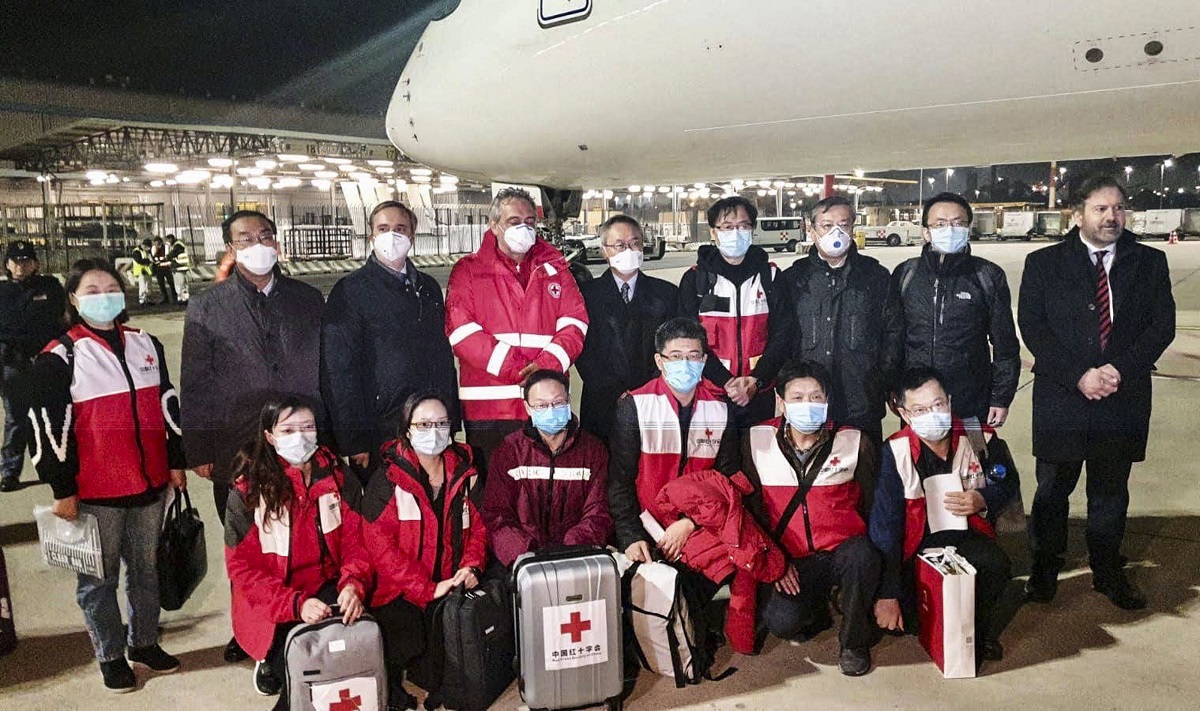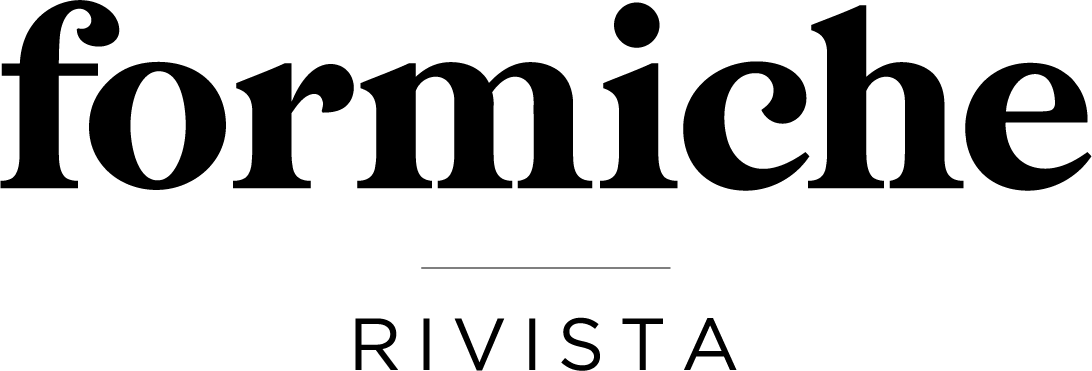Over the course of a few weeks, Italian public opinion has gone from being branded as racist towards the Chinese to being more pro-China than ever. At least that is according to the latest Swg surveys for the LA7 news, which shows that when asked “What country Italy should look to in developing its international alliances outside Europe?”, 36% of respondents answered “China”. Only 30% answered with the United States of America.
We have thus gone from an allegedly anti-Chinese racist country (the same definition often used by Beijing’s diplomats to reject the accusations of delays in managing and communicating the COVID-19 pandemic by Chinese authorities) to manifest enthusiasm for its iron fist in combatting the coronavirus and its model, the Wuhan one, notwithstanding the lack of empirical evidence on its effectiveness due to the persistent lack of transparency by Chinese authorities on the number of infected and victims.
Why this abrupt change? Not only because, as reported by Formiche last week, a formidable bot propaganda machine was put into action. Rather, as explained previously on Formiche, the Chinese propaganda machine has penetrated Italian media (in particular through a remarkable series of Memorandums of Understanding between almost all of Italy’s main news and publishing agencies, as well as private and public radio and television broadcasters, the contents of which remain secret). In fact, Beijing has enjoyed a very particular support over these past few weeks, in terms of a huge and “disproportionate” television coverage.
On RAI’s Public Service radio and television broadcasts, the arrival of Chinese aid to Italy to deal with the coronavirus pandemic has received more than three times the coverage dedicated to the announcement by US President Donald Trump to send 100 million dollars worth of assistance to our country. And more than two and a half times the coverage of the Russian freighter arriving in Pratica di Mare.
Formiche asked DataStampa, a historical agency providing press reviews for many relevant Italian public bodies and organizations, about the audiovisual coverage in its database in the days following the arrival of aid by each of the three global powerhouses to address the COVID-19 crisis. The research, as DataStampa explained, “was carried out within our database and exactly on the dates indicated” by us “for each individual event”. For China, dates were March 13 and 14, as a China Eastern Airbus A-350 from Shanghai landed at Fiumicino Airport on March 12th, with onboard nine medical specialists from Hubei and thirty tons of medical supplies.
For Russia dates indicated were March 23 and 24, as the first aid plane sent by Moscow landed in Pratica di Mare on March 22nd, provoking a clash between the Russian Defence Ministry and Italian newspaper La Stampa. For the United States, selected dates were March 30 and 31, the days following the White House’s declaration on March 29nd in which President Donald Trump announced a shipment of medical instruments and supplies worth 100 million dollars to Italy.
The following broadcasters were included in the analysis of the DataStampa database: RAI 1, RAI 2, RAI 3, Rete 4, Canale 5, Italia 1, LA7, RAI News 24, TGCOM 24, Sky TG24, TV 2000, Class Cnbc, TeleRoma 56, RAI Radio Uno, RAI Radio Due, Radio 24, RTL, Radio Capital.
Here are the numbers. In total (public and non-public radio and television broadcasts), ten broadcasts were dedicated to the United States’ aid, eleven to Russia’s, and forty-two to China’s. As for the Rai broadcasters, during the two day period covered in the analysis, Chinese aid enjoyed 1,904 seconds of coverage by the public service’s televisions and radios, which is over half an hour. The Russian aid, 741 seconds, that is just over 12 minutes. Finally, US support less than ten minutes or 589 seconds.
Restricting our analysis to the six RAI radio and television stations, the ample coverage given to the Chinese aid is evident. Moreover, RAI News 24, the broadcasting station that guaranteed the most coverage (560 seconds, that is over 9 minutes) is also the only one, together with RAI Radio Due, to have dedicated no coverage whatsoever to Russian or US aid.
Moreover, considering also the private radio and television broadcasters, the level in differential treatment heightens even more. Chinese aid received 9.062 dedicated seconds, over two and a half hours of coverage; here the US coverage overrides the Russian one, reaching respectively 1,204 seconds (just over 20 minutes) and 969 seconds (just over 16 minutes). Guaranteeing Chinese aid more than seven the times the coverage dedicated to the US one are in particular the two long TGCOM 24 specials of over half an hour each (both aired on March 13th), the 745 seconds (over 12 minutes) of LA7, the 659 seconds of Sky TG 24 (almost 11 minutes) and the 560 seconds on RAI News 24 (over 9 minutes).
Some broadcasts and interviews merit a final consideration. As for the announcement of US aid, out of ten broadcasts, only two decided to cover the message of gratitude to the historical ally for their solidarity expressed by Foreign Minister Luigi Di Maio. In the case of Russia’s aid, on eleven broadcasts, we find two statements by the head of the Foreign Ministry and one interview with him.
On the contrary however, ample space for comments and analysis was guaranteed – in particular by the public service broadcasters – to Chinese aid with interviews and declarations by Minister Di Maio, Francesco Rocca (national president of the Italian Red Cross), Yang Huichuan (vice-president of the Chinese Red Cross), some of the medics who came to Italy, as well as Chao Ming (from the ‘Associazione nuova generazione italo-cinese’). In a broadcast of March 13 (available for a duration of five days), Class Cnbc hosted the director of institutional relations of ZTE Italy, one of the companies that donated aid to Italy but also one of those, together with Huawei, under scrutiny by the Joint Parliamentary Committee for the Security of the Republic. There was talk of Chinese aid also in a 2.07 minute service within the La vita in diretta show on Rai 1, conducted by Lorella Cuccarini and Alberto Matano.
A level of gratitude towards China may be reasonable. The question is: doesn’t the public broadcasting service happen by chance to have exaggerated just a tad?
Translation by Laura Harth










